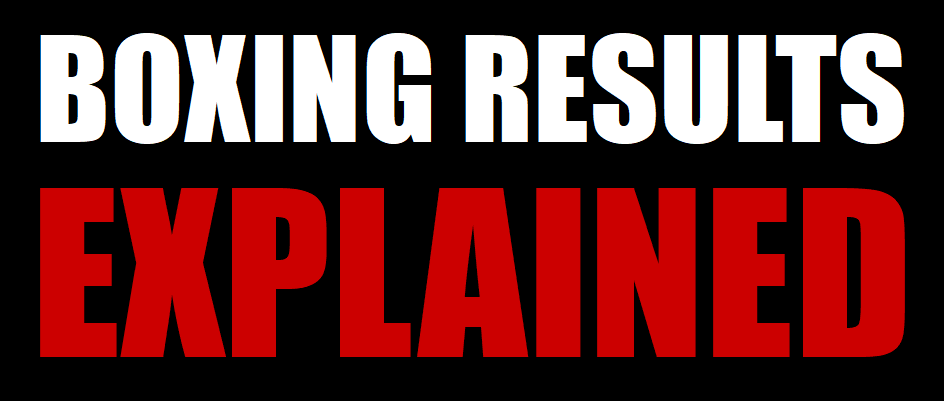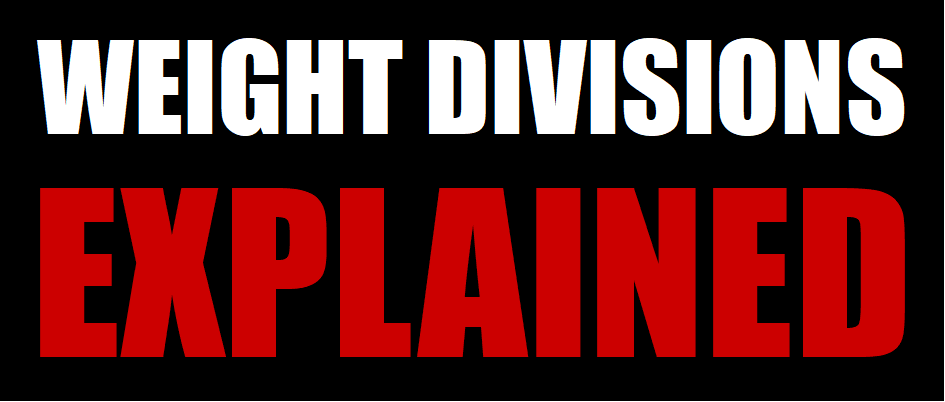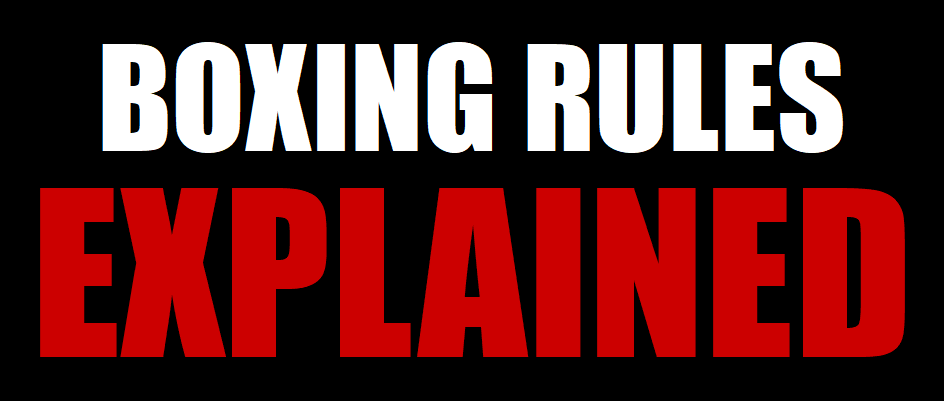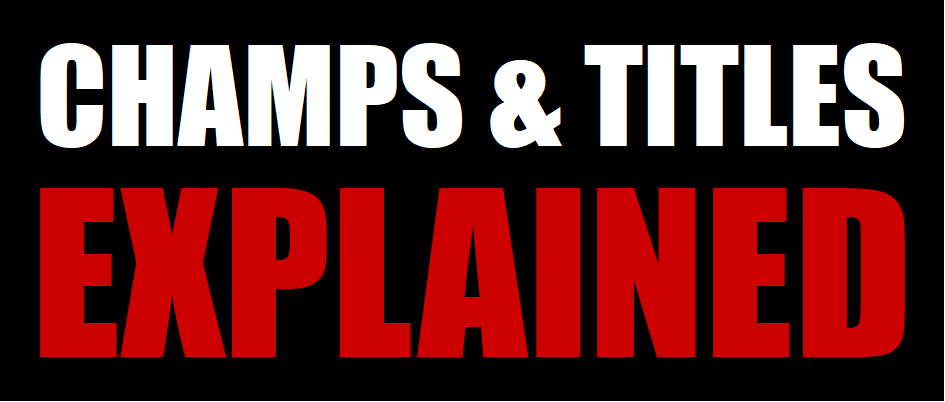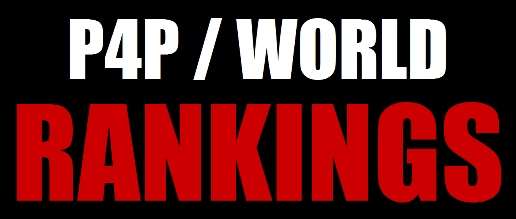A complete boxing words, terms & phrases glossary featuring every piece of lingo – here covering G, H and I. Just part of our huge Boxing FAQ.
Select a glossary section from below:
Words & Terms: G

Gate
The total money generated from ticket sales for a fight.
Gatekeeper
A boxer who is not considered world class, but serves as a tough test for prospects. For example, Jesus Soto Karass was once considered one of the Welterweight division’s best ‘gatekeepers’.
Getting Off First
When a boxer lands a punch before his opponent. For example, in the early stages of a contest, a boxer may ‘get his jab off first’ – in other words, beating his opponent to the punch.
Gift Decision
A boxer who was seemingly the bout’s loser may in fact be awarded a win on the scorecards. A journalist may write that “John Smith was lucky tonight, leaving the arena with a gift decision.”
You can find out more about boxing’s different scorecard decisions in our Boxing Results Explained Guide.
Glass Chin/Jaw
Refers to a boxer who can be hurt/knocked out easily due to limited punch resistance. Conversely, a boxer can have a ‘granite chin’, meaning he can take a solid blow without incurring or revealing too much damage. An aging boxer, or one who has seen many wars inside the ring, can often loose punch resistance and appear more ‘chinny’.
Amir Khan was often said to be chinny throughout his career following several shaky moments, some of which lead to knockout losses. While boxers cannot strengthen/develop their chins, a chinny boxer can mitigate this weakness by implementing a tighter defense and ‘stick and move’ gameplan.
Go the Distance
When both boxers complete the scheduled maximum fight time, usually 12 rounds for championship and marquee-level events.
Go to the Scorecards
A fight which has completed all available rounds goes to scorecards to determine a winner. Scorecards are also used to determine winners when a fight is stopped due to a cut – sustained from an accidental head butt, for example.
More info can be found about scorecards and decisions in our Boxing Result Meanings Guide.
Granite Chin
Boxers like Carl Froch, Gennady Golovkin and George Foreman are often recognized for this strength. In other words, they are extremely durable boxers who aren’t wobbled easily. A boxer with a ‘granite chin’ can sometimes end their career without having received a single loss by knockout or stoppage.
Guard Position/Style
Refers to a boxer’s preferred guard. There are several types in boxing, such as the traditional High (Peek-a-Boo) Guard with tucked in elbows, Philly Shell, Cross-Guard, and Mixed Guard. Moreover, some unorthodox boxers may use little to no guard at all.
This was the case with stylistic, awkward boxers like Sergio Martinez and Prince Naseem Hamed who often fought with hands by their side.
Guns
Refers to a boxer with chiselled, muscular arms – although this doesn’t necessarily mean they will carry greater power than a leaner opponent. For example, Timothy Bradley carried one of the most muscular physiques in boxing, but was also one of the lightest hitters in his (Welterweight) division.
Words & Terms: H
Ham and Egger
Or Palooka, Tomato Can, Journeyman; a term used to describe an unskilled, overtly average boxer who stands little chance of making a name for himself as a boxer.
Handwraps
A thin layer of material wrapped around a boxer’s hands and wrists to provide safety, support and protection. There are different variations of handwrapping technique depending on the preference of a boxer/trainer.
Boxing officials oversee the wrapping of boxers’ hands prior to a fight to ensure no illegal substances are added to the knuckle area.
Haymaker
When a boxer loads up and swings with a powerful shot; this punch is commonly thrown by a boxer desperately looking to score a knockout. Should it not land, oftentimes the boxer will be left off balance.
Headgear
A protective garment worn in Amateur contests and professional sparring to add greater safety to a boxer, generally with the facial area left largely open.
Heavy Bag
A cylindrical bag, considerably heavier than that of a standard punch bag, used to increase strength and endurance in training.
Heavyweight
A boxer campaigning in the sport’s heaviest division. While there is no official weight limit, a prerequisite for most Heavyweights is that they weigh in excess of 200 lbs to ensure that they can remain competitive in the ‘big men’ division.
You can find out more about weights in our Boxing Weight Divisions Guide.
Hitting on the Break
When a boxer punches during ‘the break’ – at the moment when the referee separates both men from a clinch. The rules stipulate that both boxers must stop throwing leather when a break is called and to take two steps back before resuming action.
For more info on rules, you can visit our Boxing Rules Explained Guide.
Holding
Or clinching. This often happens when boxer’s arms become tangled during heated exchanges, or a hurt boxer holds his opponent in an effort to stave off an ensuing attack that could result in a knockout loss.
Hometown Decision
A boxer awarded a debatable victory while competing in his hometown may be said to have benefited from a ‘hometown decision’. It suggests that the judges were biased, unfairly leaning towards the local boxer.
Hook
A short, powerful hook-shaped punch. It is considered by some trainers to be one of the most devastating punches in a boxer’s arsenal – particularly the lead (orthodox) left-hook.
Hungry (fighter)
Simply refers to a boxer who is highly motivated and focused on winning a bout. A complacent champion or financially comfortable prospect must be careful not to overlook a ‘hungry’ opponent as this can lead to an upset defeat.
Hype Job
Refers to a mainstream (usually unbeaten and financially successful boxer) who is criticized for not having fought any notable ranked/top contenders. A boxer might comment that “John Smith is just a paper champion – a real hype job.”
Words & Terms: I
IBO
International Boxing Organisation; a sanctioning body who awards title belts to victors of championship matches.
IBF
International Boxing Federation; a sanctioning body who awards title belts to victors of championship matches.
IBHOF
The IBHOF (International Boxing Hall of Fame) is an organization that recognizes and honors the achievements of great boxers, trainers and promoters, inducting the most outstanding into their Hall of Fame. Those shortlisted must generally be retired prior to being considered.
Illegal Blow
A punch not permitted within the rules of boxing. Rabbit punches, low blows, and those thrown on the break, are all considered illegal blows. For a full list of infractions, see our Boxing Rules Explained Guide.
Infighting
Close-range fighting; boxers may be toe-to-tow, and even leaning against each other in order to land body shots, rough up their opponent, or spoil as a defensive move. This is a preferred combat style for aggressive brawlers.
Infringement
A rule-breaking action such as a low blow or rabbit punch foul.
Inside Fighter
A fighter who prefers to operate and land punches at close-range. This style suits short and stocky boxers and those who are particularly aggressive, but is often adopted by most boxers during necessary moments. Ricky Hatton’s swarming movement, uppercuts and body shots made him a highly effective Inside Fighter.
Select a glossary section from below:
Return to Boxing FAQ?

